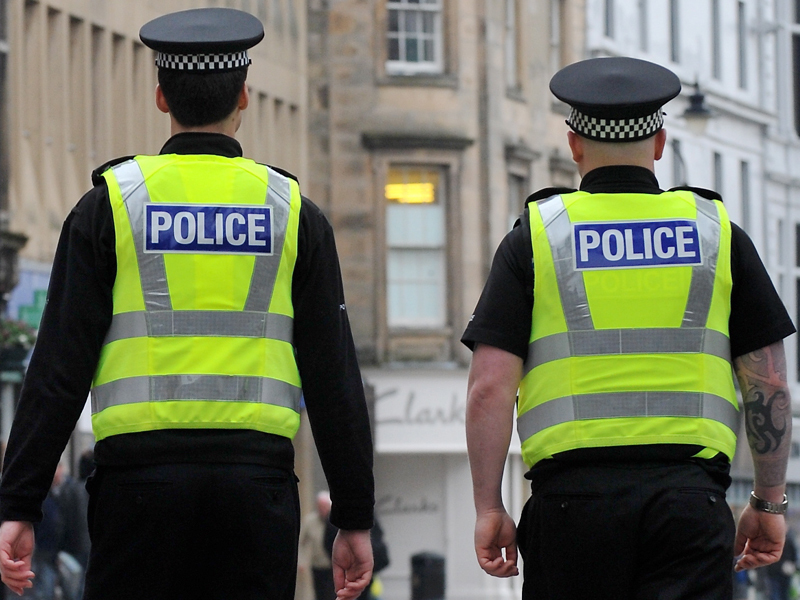Police have no idea how many people who refuse to be stop-and-searched are then allowed to go on their way unchallenged, it has been claimed.
The Conservatives said officers do not keep track of all incidents handled under two types of powers – non-statutory and statutory – when dealing with people they suspect to be carrying weapons like knives and drugs.
The party used freedom of information legislation to clarify how many non-statutory searches became statutory ones when individuals declined consent to be searched but the force said the information was not recorded centrally.
Instead, it said officers simply record the outcome in their notepad.
Tory justice spokeswoman Margaret Mitchell said: “We need to know how many people are refusing these consensual searches, and what proportion of those incidents lead to mandatory ones.
“Stop and search is a very valuable tool to detect and deter crime, but only if used proportionately and not abused.
“Equally, it would make a mockery of the justice system if suspected criminals were found to be dictating terms to the police.
“To say police jot these incidents down but they are not recorded beyond that is quite simply unacceptable.”
“We want stop and search to remain a valuable tool to detect and deter crime, but to achieve this objective the process has to be transparent and accountable.
Between April and December last year, 6,572 were carried out in Aberdeen, 3,011 in Aberdeenshire and Moray and 4,656 in the Highlands and islands.
Police Scotland said seizures of drugs, alcohol and weapons contributed to a drop in crime of up to 36%
But a group of charities known as the Together alliance for children’s rights has called for a review of the tactic after research showed it was used on about 500 youngsters aged 10 and under across Scotland in 2010.
Police Scotland said it would be too time consuming to collate the information.
A statement said: “Refused stop and searches are not recorded on force systems.
“It is regarded as best practice for an officer to note a refused search in their notebook/PDA, however this is not searchable.
“Every officers’ notebook/PDA would need to be manually searched in order to ascertain how many were refused.”
The force said that if a person refuses a consensual stop and search, it cannot be used to justify a legislative or statutory search.
